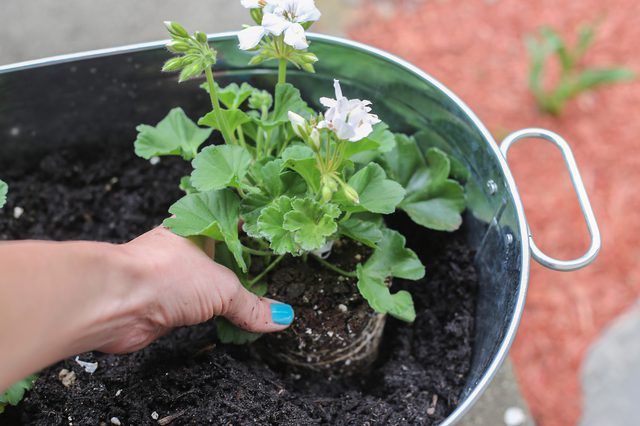Bulbs
Flower Basics
Flower Beds & Specialty Gardens
Flower Garden
Garden Furniture
Garden Gnomes
Garden Seeds
Garden Sheds
Garden Statues
Garden Tools & Supplies
Gardening Basics
Green & Organic
Groundcovers & Vines
Growing Annuals
Growing Basil
Growing Beans
Growing Berries
Growing Blueberries
Growing Cactus
Growing Corn
Growing Cotton
Growing Edibles
Growing Flowers
Growing Garlic
Growing Grapes
Growing Grass
Growing Herbs
Growing Jasmine
Growing Mint
Growing Mushrooms
Orchids
Growing Peanuts
Growing Perennials
Growing Plants
Growing Rosemary
Growing Roses
Growing Strawberries
Growing Sunflowers
Growing Thyme
Growing Tomatoes
Growing Tulips
Growing Vegetables
Herb Basics
Herb Garden
Indoor Growing
Landscaping Basics
Landscaping Patios
Landscaping Plants
Landscaping Shrubs
Landscaping Trees
Landscaping Walks & Pathways
Lawn Basics
Lawn Maintenance
Lawn Mowers
Lawn Ornaments
Lawn Planting
Lawn Tools
Outdoor Growing
Overall Landscape Planning
Pests, Weeds & Problems
Plant Basics
Rock Garden
Rose Garden
Shrubs
Soil
Specialty Gardens
Trees
Vegetable Garden
Yard Maintenance
How to Garden in Galvanized Tubs
How to Garden in Galvanized Tubs. A little creativity can turn nearly any container into a gardening option. An old galvanized tub offers a sturdy option for planting. When using a galvanized steel tub for gardening, you'll need to do some prep work to make the container suitable for planting.
A little creativity can turn nearly any container into a gardening option. An old galvanized tub offers a sturdy option for planting. When using a galvanized steel tub for gardening, you'll need to do some prep work to make the container suitable for planting.
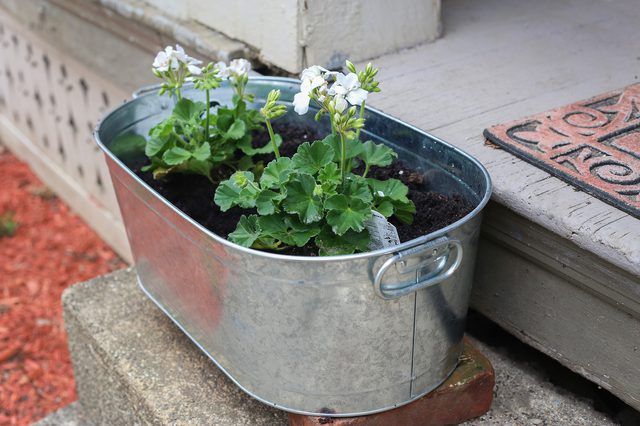
A typical galvanized tub doesn't have drainage holes that plants need for proper growth. Without drainage holes, the container holds in too much moisture, which can lead to rotting roots. Add your own drainage with help from a cobalt steel drill bit. If you have difficulty drilling through the container, use a center punch to get the holes started. Drill 1/4- to 1/2-inch holes for drainage about every 6 to 10 inches on the bottom of the container.
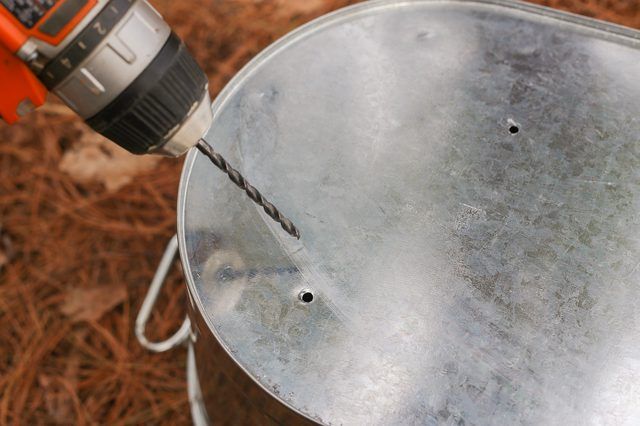
Any recycled container you want to use for planting needs to be disinfected first. This gets rid of old debris and disease pathogens that could affect the health of the plants. Chlorine bleach is a common household item that works as a disinfectant for a galvanized tub. Combine one part bleach with nine parts water to create the solution. If you're using a small galvanized steel container, submerge it in the bleach solution in a larger container. For a large galvanized tub, pour the solution into the container. Soak the tub in the solution for a few hours, and rinse the galvanized tub thoroughly.
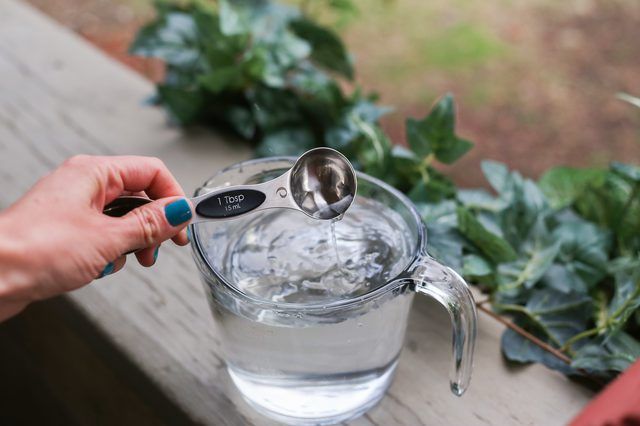
A galvanized tub is difficult to move once it is full of soil. Place the tub where you want to keep it permanently before you fill it. Raise the tub slightly with bricks to allow the water to flow easily from the drainage holes. Fill the galvanized tub to within 3 to 4 inches of the top. The space at the top keeps the soil from washing out when you water the plants in the tub.
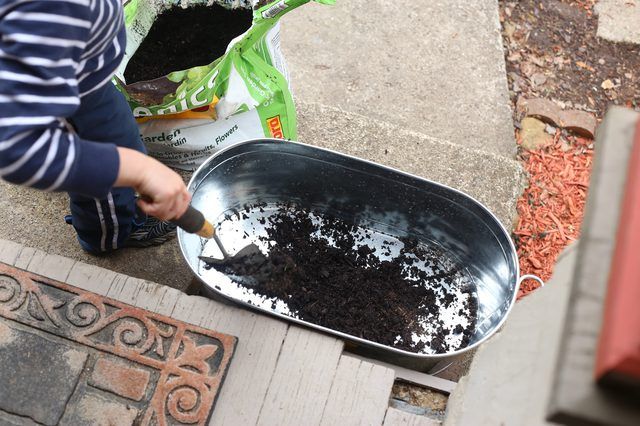
Once the tub is full of soil, you're ready to plant. Galvanized steel contains zinc and cadmium, which can be dangerous at high amounts. The safety of using galvanized tubs for edible plants hasn't been thoroughly researched. Instead, use the tubs for planting annual or perennial flowers. Choose a mix of flowers with varying textures and colors. Leave enough space for each of the plants to reach a mature size. Water the plants thoroughly. Because they're growing in a container, you may need to water the plants more often than you would those planted in the ground.
